Book Name
Media theory interdisciplinary applied mathematics
Edition: 1st
Author: 1.David Eppstein, 2. Jean-Claude Falmagne, 3. Sergei Ovchinnikov
Book Publishers Springer-Verlag Berlin Heidelberg,
Publish Date: Year: 2008
Language. English
Category English Math
Book Code 244
Pages 330
Rs 1800
Book Quality Black Paper
Whatsapp +92312-9775152
E-mail onlinebookshop.pk@gmail.com
About
The focus of this book is a mathematical structure modeling a physical or biological system that can be in any of a number of `states.' Each state is characterized by a set of binary features, and differs from some other neighbor state or states by just one of those feature. A simple example of a `state’ is a partial solution of a jigsaw puzzle, which can be transformed into another partial solution or into the final solution just by adding or removing a single adjoining piece. The evolution of such a system over time is considered. Such a structure is analyzed from algebraic and probabilistic (stochastic) standpoints.
--------------------------------------------------------------------------------------------------------------------------
Copyright.
This work is subject to copyright. All rights are reserved, whether the whole or part of the material is
concerned, specifically the rights of translation, reprinting, reuse of illustrations, recitation, broadcasting,
reproduction on microfilm or in any other way, and storage in data banks. Duplication of this publication
or parts thereof is permitted only under the provisions of the German Copyright Law of September 9,
1965, in its current version, and permission for use must always be obtained from Springer. Violations
are liable to prosecution under the German Copyright Law.
The use of general descriptive names, registered names, trademarks, etc. in this publication does not imply,
even in the absence of a specific statement, that such names are exempt from the relevant protective laws
and regulations and therefore free for general use.
Cover Design: KünkelLopka, Heidelberg
--------------------------------------------------------------------------------------------------------------------------
Preface
The focus of this book is a mathematical structure modeling a physical or
biological system that can be in any of a number of ‘states.’ Each state is
characterized by a set of binary features, and differs from some other neigh-
bor state or states by just one of those features. In some situations, what
distinguishes a state S from a neighbor state T is that S has a particular fea-
ture that T does not have. A familiar example is a partial solution of a jigsaw
puzzle, with adjoining pieces. Such a state can be transformed into another
state, that is, another partial solution or the final solution, just by adding
a single adjoining piece. This is the first example discussed in Chapter 1. In
other situations, the difference between a state S and a neighbor state T may
reside in their location in a space, as in our second example, in which in which
S and T are regions located on different sides of some common border.
We formalize the mathematical structure as a semigroup of ‘messages’
transforming states into other states. Each of these messages is produced by
the concatenation of elementary transformations called ‘tokens (of informa-
tion).’ The structure is specified by two constraining axioms. One states that
any state can be produced from any other state by an appropriate kind of
message. The other axiom guarantees that such a production of states from
other states satisfies a consistency requirement.
What motivates our interest in this semigroup is, first, that it provides
an algebraic formulation for mathematical systems researched elsewhere and
earlier by other means. A prominent example is the ‘isometric subgraph of
a hypercube’ (see Djokovi´c, 1973, for an early reference), that is, a subraph
in which the distance between vertices is identical to that in the parent hy-
percube. But there are many other cases. We shall outline some of them in
our first chapter, reserving in depth treatment for later parts of this book.
Until recently, however, no common algebraic axiomatization of these out-
wardly different concepts had been proposed. Our purpose is to give here
the first comprehensive treatment of such a structure, which we refer to as a
‘medium.’
A second, equally importantly reason for studying media, is that they
offer a highly convenient representation for a vast class of empirical situations
ranging from cognitive structures in education to the study of opinion polls
in political sciences and including, conceivably, genetics, to name just a few
pointers. They provide an appropriate medium
1
where the temporal evolution
of a system can take place. Indeed, it turns out that, for some applications,
the set of states of a medium can be profitably cast as the set of states of a
random walk. Moreover, under simple hypotheses concerning the stochastic
process involved, the asymptotic probabilities of the states are easy to compute
and simple to write. Accordingly, some space is devoted to the development

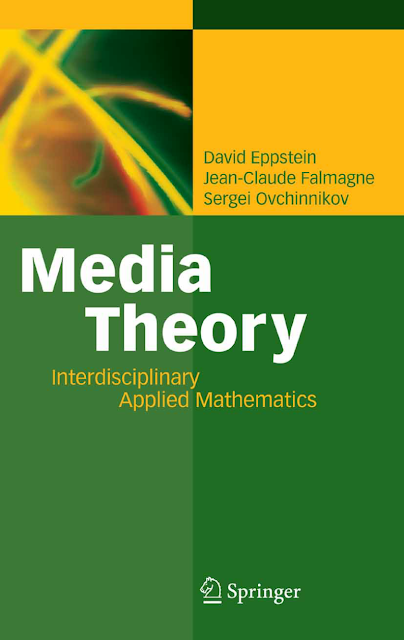


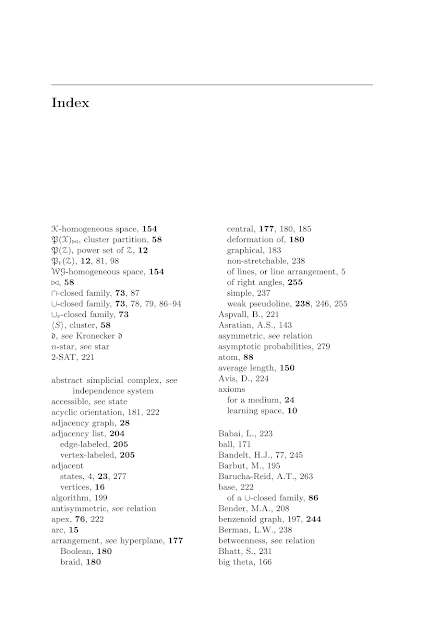
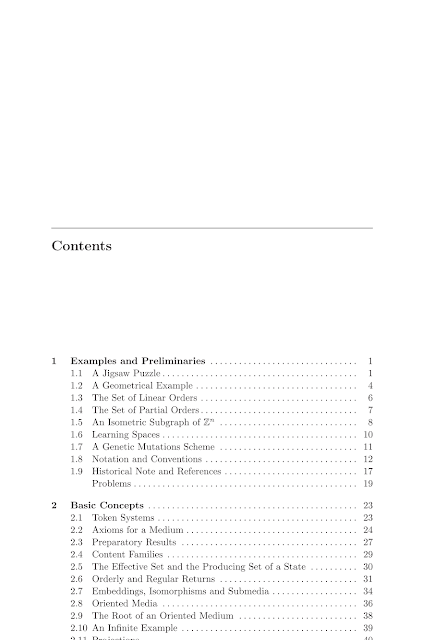
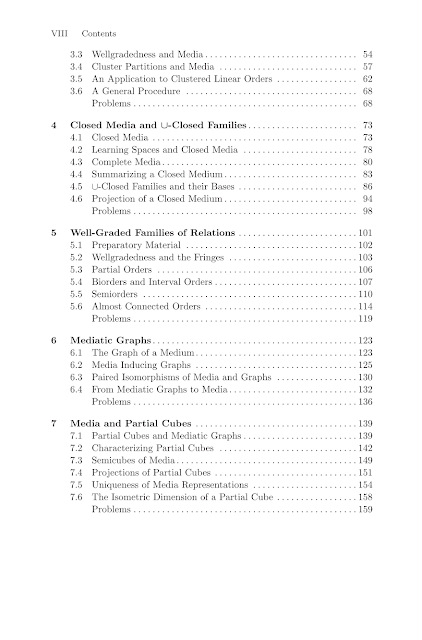
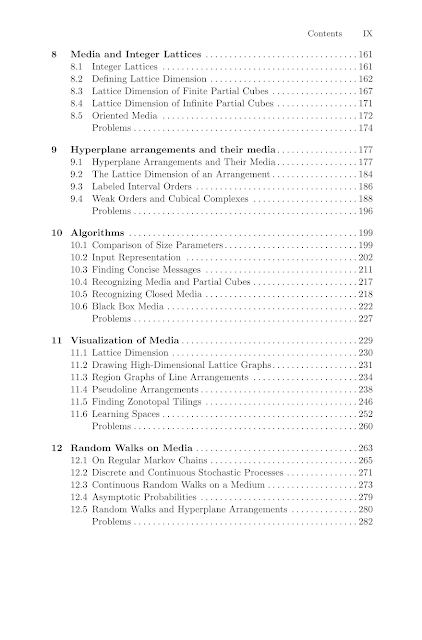
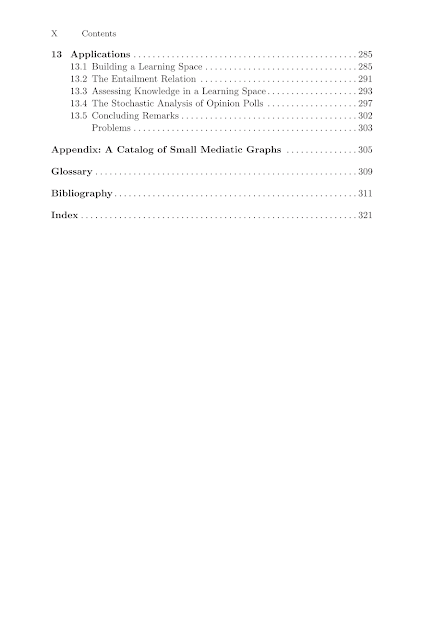







No comments:
Post a Comment